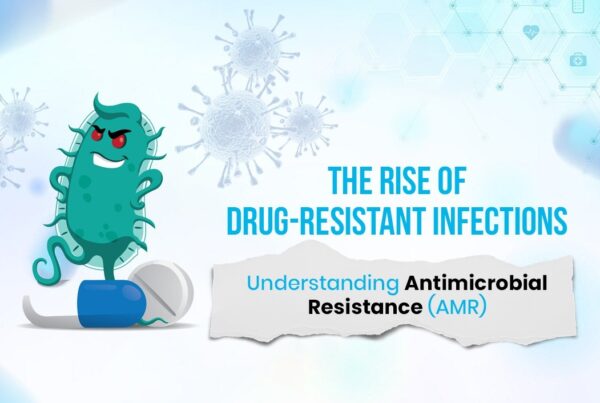Allergic Rhinitis
Heads – up
Allergic rhinitis, also known as hay fever, is a type of inflammation in the nose which occurs when the immune system overreacts to allergens in the air. Signs and symptoms include a runny or stuffy nose, sneezing, red, itchy, and watery eyes, and swelling around the eyes.
An allergen is an otherwise harmless substance that causes an allergic reaction. Allergic rhinitis, or hay fever, is an allergic response to specific allergens. Pollen is the most common allergen in seasonal allergic rhinitis. These are allergy symptoms that occur with the change of seasons. There are 2 forms of allergic rhinitis
- Seasonal (hay fever): Caused by an allergy to pollen and/or mold spores in the air. Pollen is the fine powder that comes from flowering plants. It can be carried through the air and is easily inhaled. Symptoms are seasonal and usually occur in spring, late summer, and fall.
- Perennial: Caused by other allergens such as dust mites, pet hair or dander, or mold. Symptoms occur year-round.
Hay fever is the most common form of allergy. Symptoms of hay fever are seasonal. You will feel worse when the pollens that affect you are at their highest levels.
Symptoms of allergic rhinitis
Symptoms can include:
- Sneezing.
- Coughing.
- Itching (mostly eyes, nose, mouth, throat and skin).
- Runny nose.
- Stuffy nose.
- Headache.
- Pressure in the nose and cheeks.
- Ear fullness and popping.
- Sore throat.
- Watery, red, or swollen eyes.
- Dark circles under your eyes.
- Trouble smelling.
- Hives.
Allergic rhinitis can last several weeks, longer than a cold or the flu. It does not cause fever. The nasal discharge from hay fever is thin, watery, and clear. Nasal discharge from a cold or the flu tends to be thicker. Itching (mostly in the eyes, nose, mouth, throat, and skin) is common with hay fever but not with a cold or the flu. Sneezing occurs more with hay fever. You may even have severe sneeze attacks.
Causes of allergic rhinitis
Colds and allergies are the most common causes of rhinitis.
House dust mites
- House dust mites are tiny insects that feed on the dead flakes of human skin. They can be found in mattresses, carpets, soft furniture, pillows and beds.Rhinitis is not caused by the dust mites themselves, but by a chemical found in their excrement. Dust mites are present all year round, although their numbers tend to peak during the winter.
Pollen and spores
- Tiny particles of pollen produced by trees and grasses can sometimes cause allergic rhinitis. Most trees pollinate from early to mid-spring, whereas grasses pollinate at the end of spring and beginning of summer.
Animals
- Many people are allergic to animals, such as cats and dogs. The allergic reaction is not caused by animal fur, but flakes of dead animal skin and their urine and saliva. Dogs and cats are the most common animals to cause allergies, although some people are affected by horses, cattle, rabbits and rodents, such as guinea pigs and hamsters.
Work-related
Some people are affected by allergens found in their work environment, such as wood dust, flour dust or latex.
Risk factors for allergic rhinitis
- cigarette smoke
- chemicals
- cold temperatures
- humidity
- wind
- air pollution
- hairspray
- perfumes
- colognes
- wood smoke
- fumes









